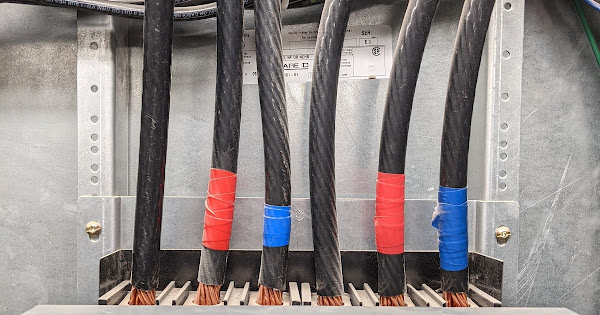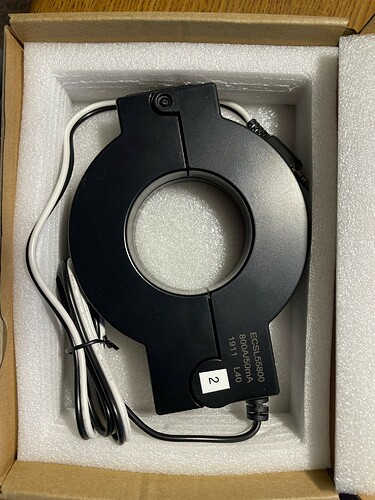Hi There!
I just discovered IoTaWatt and have been reading as much as I can. I’m trying to learn if this system can do what I need it to.
I’m the caretaker for a very large private property. 3 main 3-phase electrical services, 72,000 sq ft of commercial style buildings. The owner is trying to get on top of the energy usage and see what changes we can make to reduce consumption. Sub metering is the only real way to get the data we need. I’ve been researching every metering product out there to tackle this project in a cost effective way.
Packet Power gave us a detailed estimate to meter our mains and all the mechanical equipment circuits. That came in over $26,000 with yearly licenses on top of that. That was a no go from the owner.
I made the recommendation that we start with a few Eyedro meters to monitor our building mains and the couple sub panels that contain all the mechanical equipment as that is the primary energy demands. Branch metering would provide the most detail but there is a cost/benefit trade off.
IoTaWatt looks very promising for our usage but there are a couple of things I can’t of yet find answers to:
-
Metering circuits with parallel feeders. The mains for the primary building service (2000 amp) are large. 4 parallel feeders for each phase. Eyedro told me you can put a CT (600 amp) on just one of the parallel conductors and in the setup select to multiply a CT by 4. Will that work, is that an option, with IoTaWatt?
-
Related to above, can you use rogowski coil CTs? Some of the sub panels in the buildings are again fed by parallel conductors. This makes installing split core CTs not an ideal option as some panels are very tight. (could make it work if IoTaWatt has the option to multiply the current from 1 feeder)
Photos speak volumes so if you have time and find it interesting check this album out and let me know if you think I can use IoTaWatt to accomplish our goals. This is all commercial level stuff.

